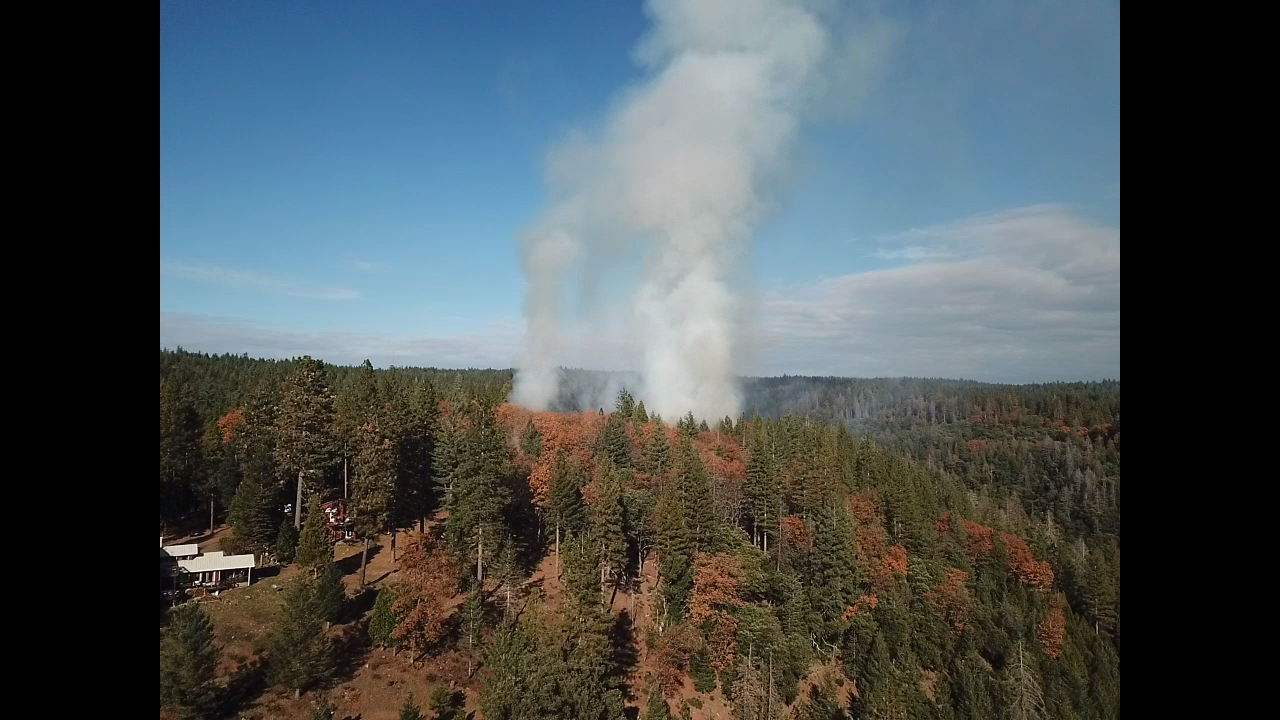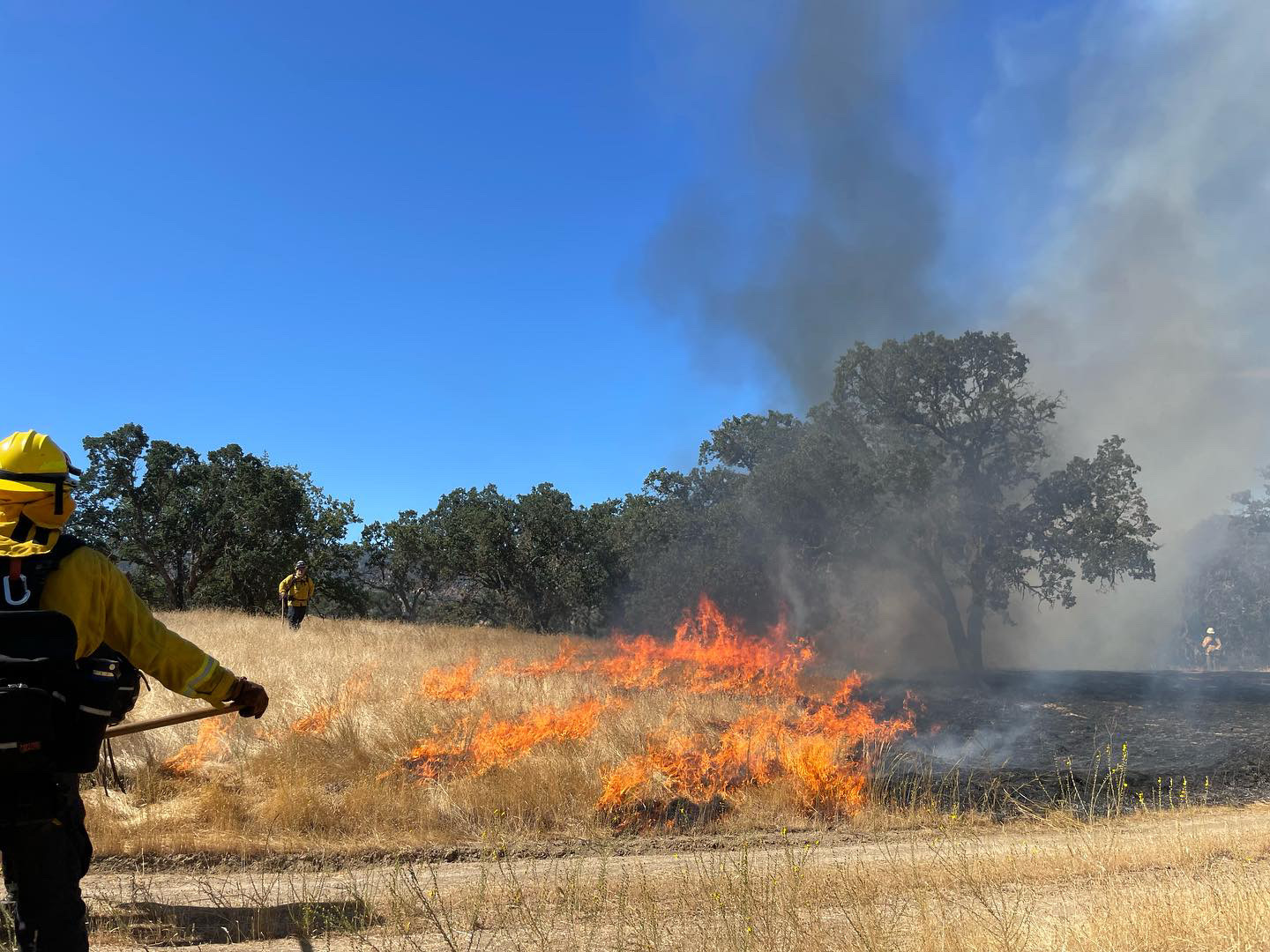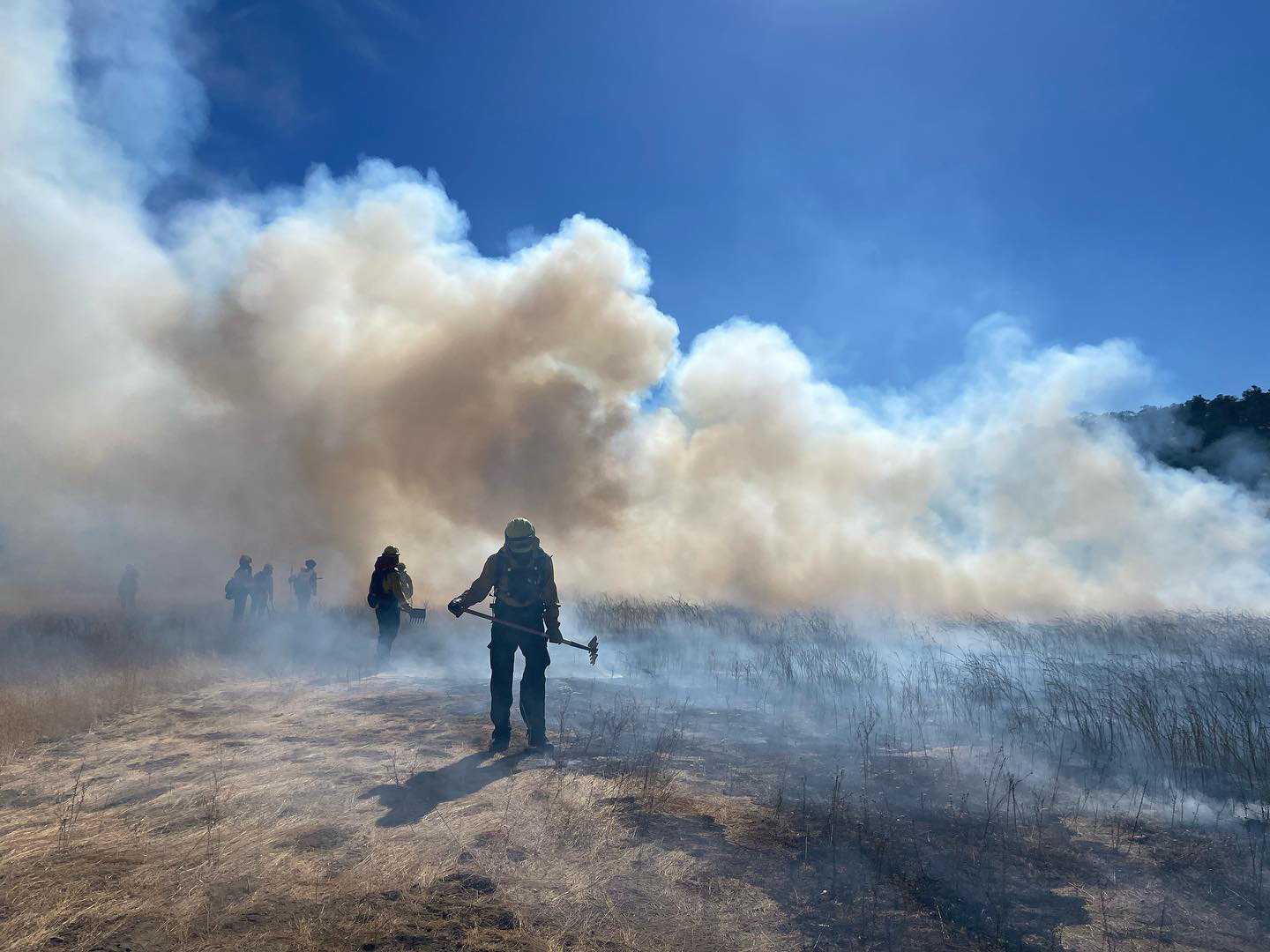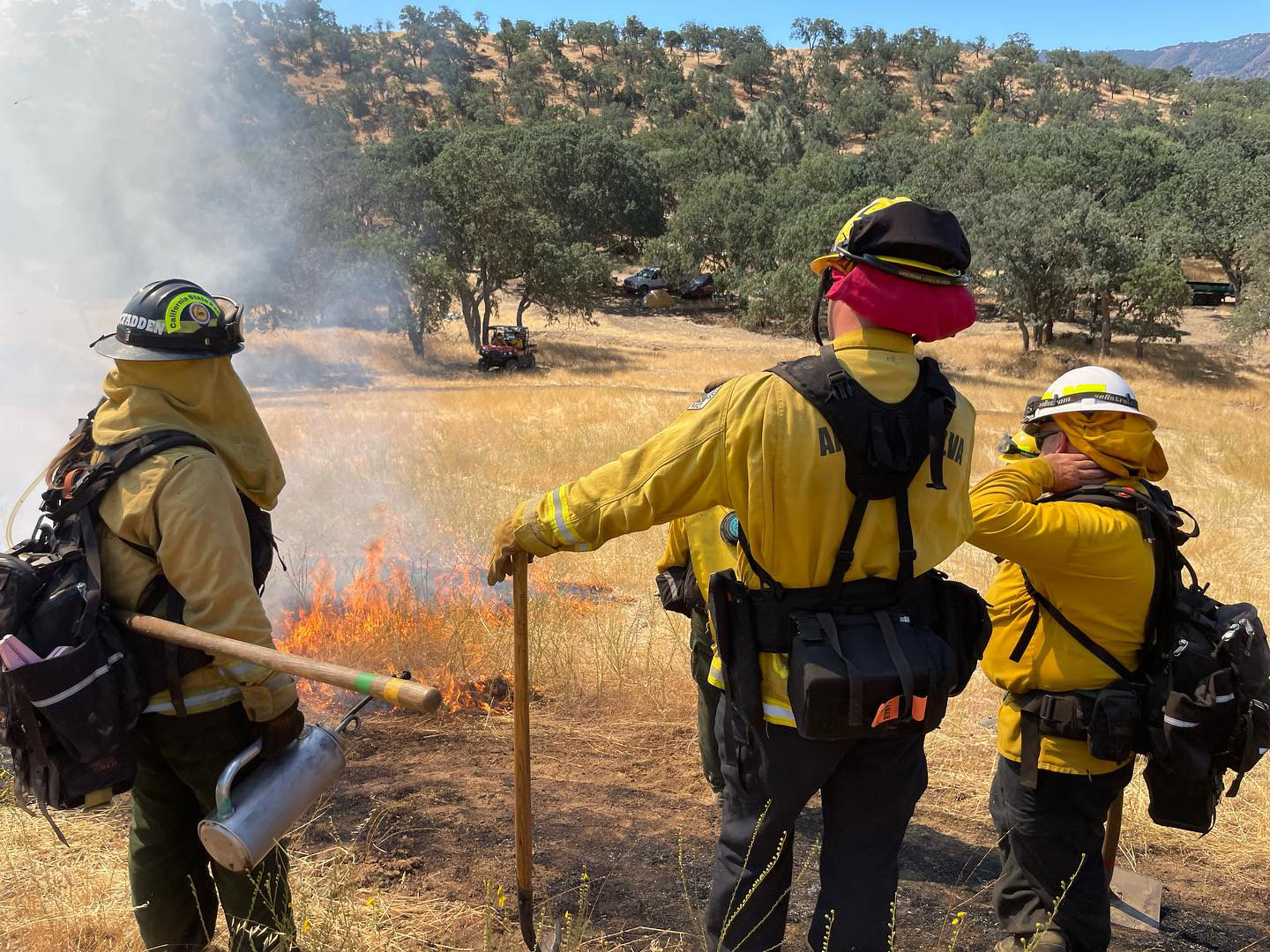n the realm of wildfire management and ecosystem health, two crucial tools have emerged as powerful allies: defensible space and prescribed fire. These strategies not only protect communities from the threat of wildfires but also play a pivotal role in fostering resilient ecosystems. In this blog post, we'll delve into the significance of defensible space and prescribed fire, exploring how they contribute to a safer environment and a more balanced ecology.
Defensible Space:
Defensible space refers to the area surrounding a home or structure that is intentionally cleared, modified, or managed to reduce the risk of wildfire. Creating defensible space involves strategic vegetation management, creating fuel breaks, and implementing fire-resistant landscaping practices.
-
Reducing Wildfire Risk: Defensible space acts as a buffer zone, mitigating the risk of wildfires reaching homes and structures. By minimizing flammable vegetation and creating a defensible perimeter, firefighters gain a better chance of defending communities during a wildfire event.
-
Community-wide Impact: The concept of defensible space extends beyond individual properties. When entire communities implement defensible space practices, the collective impact is significant. Neighborhoods with well-maintained defensible spaces are better equipped to withstand the challenges posed by wildfires.
-
Promoting Fire-Resistant Landscaping: Utilizing fire-resistant plants and materials in landscaping helps create a more robust and defensible space. Homeowners can make informed choices about the types of plants they incorporate, reducing the overall fuel load in the event of a wildfire.
Prescribed Fire:
Prescribed fire, also known as controlled burning, involves deliberately setting fire to a predetermined area under specific conditions. This carefully planned process serves several ecological purposes, promoting biodiversity and reducing the risk of catastrophic wildfires.
-
Ecological Benefits: Prescribed fire mimics the natural role of fire in ecosystems, helping to maintain biodiversity, eliminate invasive species, and promote the growth of fire-adapted vegetation. Many plant species, such as certain pines, depend on periodic fire for their life cycles.
-
Fuel Reduction: By burning accumulated dead vegetation and forest litter in a controlled manner, prescribed fire reduces the buildup of fuel that can contribute to more intense wildfires. This proactive approach helps prevent uncontrolled, destructive fires.
-
Improved Air Quality: Prescribed fires, when carefully planned and executed, produce less smoke compared to uncontrolled wildfires. This controlled approach allows for the dispersion of pollutants over a larger area, resulting in better air quality and reduced health risks for nearby communities.
Conclusion:
Defensible space and prescribed fire are integral components of a comprehensive wildfire management strategy. When combined, these approaches create a harmonious balance between protecting human communities and maintaining the ecological health of natural landscapes. As we continue to face the challenges of a changing climate and increased wildfire risk, embracing these practices becomes essential for fostering resilient ecosystems and ensuring the safety of our communities.




